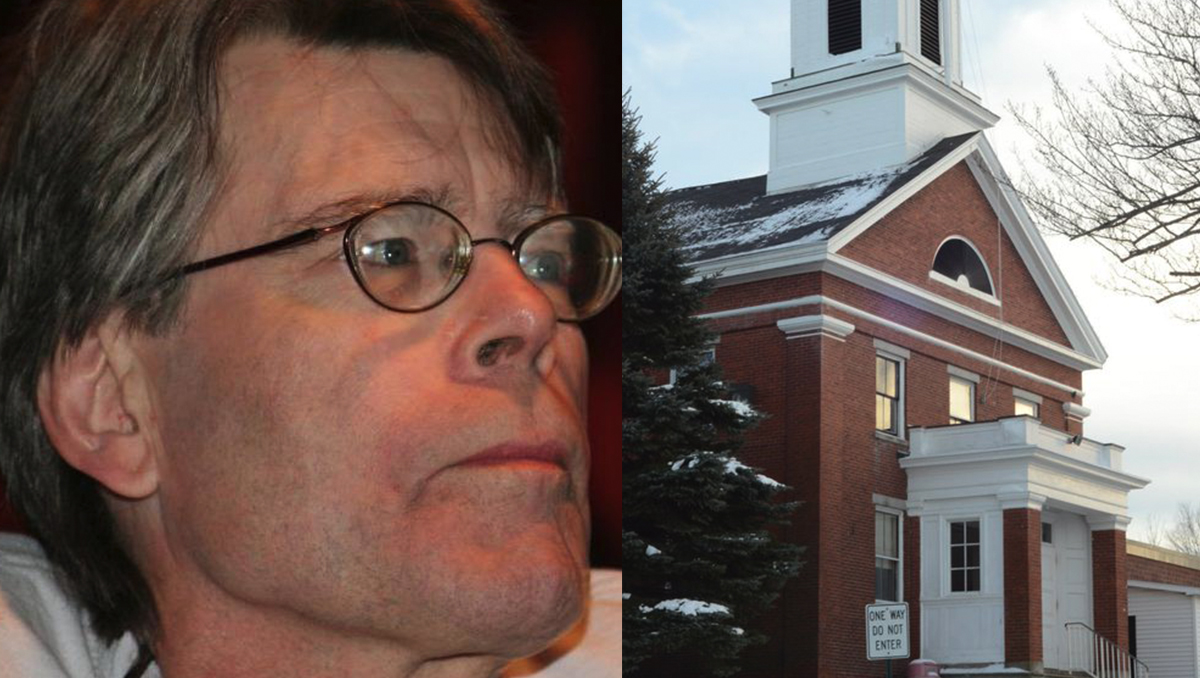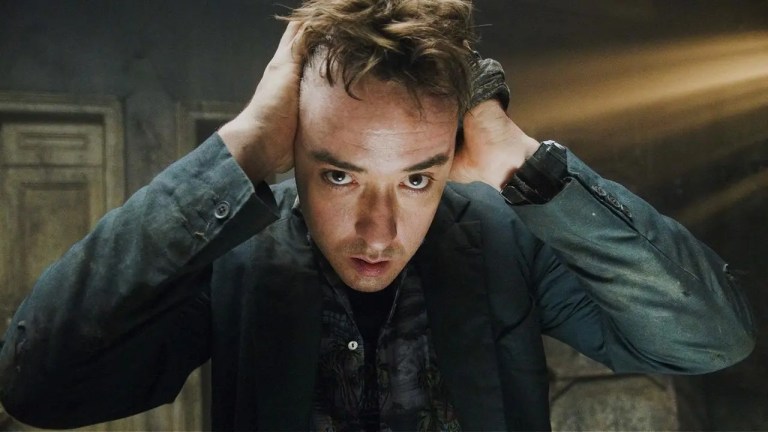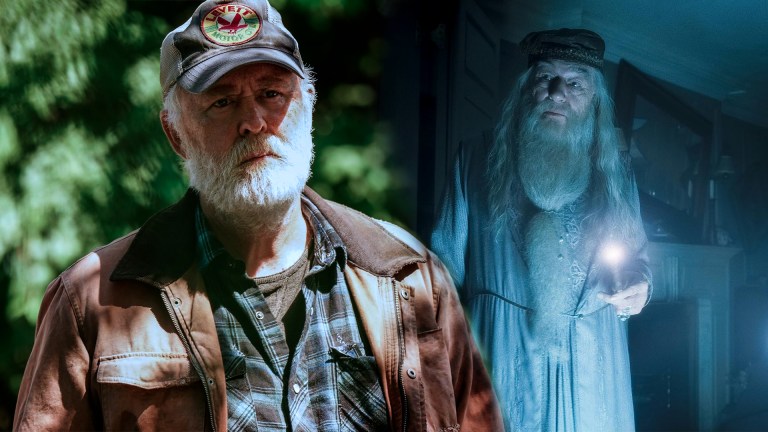
The Stephen King Book That Was So Upsetting, It’s No Longer Sold In Stores
I write fantasies, but draw from the world I see. If that sometimes hurts, it's because the truth usually does.
Most people think school violence and mass shootings started with Columbine but the first “school shooting” in the U.S. happened in 1840 when a student shot and killed his law professor at the University of Virginia. There were 30 more shootings at schools before 1900. In 1903 a teacher accidentally shot a student he was attempting to pistol whip as part of corporeal punishment. In 1966 one of the most famous school shootings before the modern era took place. Charles Whitman climbed a tower at the University of Texas at Austin and spent the next 96 minutes shooting at people randomly. He killed 15 people and it was the deadliest school shooting in the country for a few decades.
Few people remember an incident that took place on April 26, 1988. A senior at a Los Angeles county high school, Jeffrey Lyne Cox, entered a classroom with a semi-automatic rifle and held 60 people hostage for half an hour before he was subdued by a heroic classmate named Ruben Ortega. One of Cox’s friends told the press that his inspiration for the shooting was a lesser known Stephen King novel titled Rage.
Rage was originally published in 1977 under King’s “Richard Bachman” pen name as an experiment for him to see if he could achieve the success of his novels Carrie and The Shining without having his (now famous) name attached. In 1985 it was revealed by a bookstore employee who had pieced the truth together that Richard Bachman was actually Stephen King. Rage was then reprinted in a collection of “Richard Bachman” stories with a Stephen King byline to appeal to King fans who hadn’t yet read the Bachman books.
Stephen King says he wrote the first draft for Rage while he was in high school himself in 1965. The story follows Charlie Decker, a violent student at a high school in Maine. Decker brings a gun to school and shoots his Alegbra teacher. He then takes his class hostage while the rest of the school escapes, killing another teacher who tries to intervene. During the ensuing standoff, Decker makes cruel and sarcastic remarks to the authority figures who try to reason with him. His classmates develop stockholm syndrome, eventually beating and subduing a student who tries to escape. Throughout the book, King takes the reader through Charlie’s abusive childhood and shows how he became so sadistic. The book ends with Charlie Decker being found not guilty of his crimes by reason of insanity. He is institutionalized.
Other men and boys after Jeffrey Cox who committed real life school shootings were also found to have copies of the Rage novel.
- Dustin L. Pierce took his history class hostage for 9 hours in 1989. Police successfully ended the situation with no injuries. A copy of Rage was found in Pierce’s bedroom.
- In 1993, Scott Pennington brought a gun to school and shot his English teacher, Deanna McDavid, during class. She had recently given him a mediocre grade on an essay he wrote about Rage. Pennington also killed a school custodian, Marvin Hicks.
- In 1996, Barry Loukaitis shot and killed two students and his algebra teacher, Leona Caires. A gym teacher then entered the classroom and volunteered to be Loukaitis’ hostage so that he could safely exit the school. The gym teacher then heroically wrestled Loukaitis’ gun away from him. This shooter has a dubious connection to Rage. After he began killing, he told his classmates “This sure beats algebra, doesn’t it?” which some believe is similar to something the protagonist in Rage says after killing his algebra teacher, “This sure beats panty raids.”
- After Michael Carneal killed three classmates in 1997 with a copy of Rage in his locker, Stephen King decided not to publish more copies of the book. It is now out of print and very expensive to buy. Copies of the book are listed for thousands of dollars on auction sites.
Unlike so many other famous people, Stephen King didn’t get defensive about his work or try to blame the victims to deflect attention from Rage. He understood that while he is in no way responsible for other people’s actions, perhaps reading Rage was harmful for men and boys who were already troubled and violent. In 1999 he talked about his decision to stop publishing the book:
Do I think that Rage may have provoked Carneal, or any other badly adjusted young person, to resort to the gun? It’s an important question, because it goes to the very heart of the wrangle over who’s to blame. You might as well ask if I believe that the mere presence of a gun makes some people want to use that gun. The answer is troubling, but it needs to be faced: in some cases, yes. Probably it does. Often? No, I don’t believe so. How often is too often? That’s not for me or any other single person to say. It’s a question each part of our society must answer for itself, as each state, for instance, must answer the question of when a kid is old enough to have a driver’s license or buy a drink.
There are factors in the Carneal case which make it doubtful that Rage was the defining factor, but I fully recognize that it is in my own self-interest to feel just that way; that I am prejudiced in my own behalf. I also recognize the fact that a novel such as Rage may act as an accelerant on a troubled mind; one cannot divorce the presence of my book in that kid’s locker from what he did any more than one can divorce the gruesome sex-murders committed by Ted Bundy from his extensive collection of bondage-oriented porno magazines. To argue free speech in the face of such an obvious linkage (or to suggest that others may obtain a catharsis from such material which allows them to be atrocious only in their fantasies) seems to me immoral. That such stories, video games (Harris was fond of a violent computer-shootout game called Doom), or photographic scenarios will exist no matter what–that they will be obtainable under the counter if not over it–begs the question. The point is that I don’t want to be a part of it. Once I knew what had happened, I pulled the ejection-seat lever on that particular piece of work. I withdrew Rage, and I did it with relief rather than regret.
King’s whole speech is very, very good and I highly recommend reading it in its entirety on his website here. He also published an essay called “Guns” in 2013 in which he said he is a gun owner who supports the second amendment but that common sense dictates banning automatic and semi-automatic weapons.
Featured image – Penguino Kolb / MattGagnon











